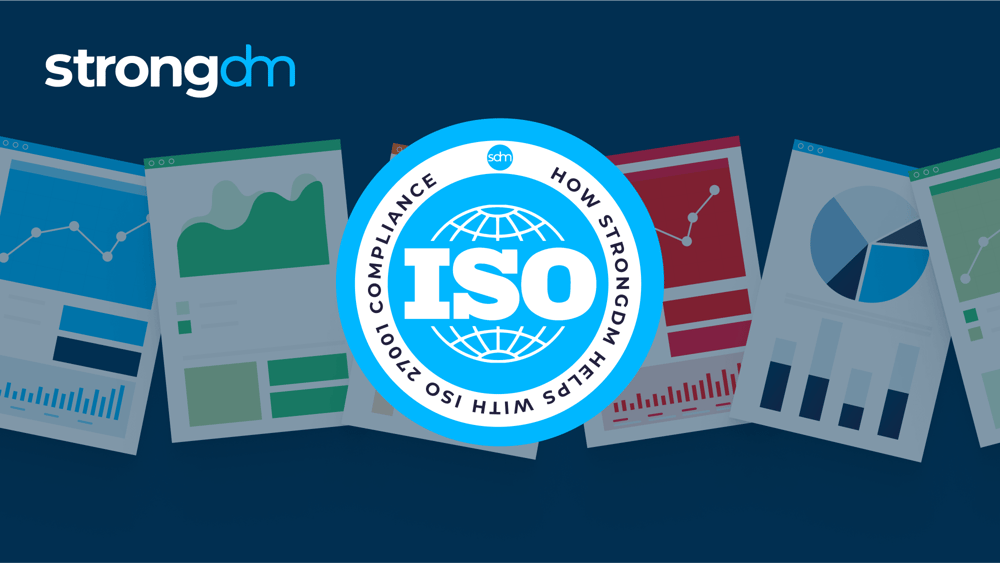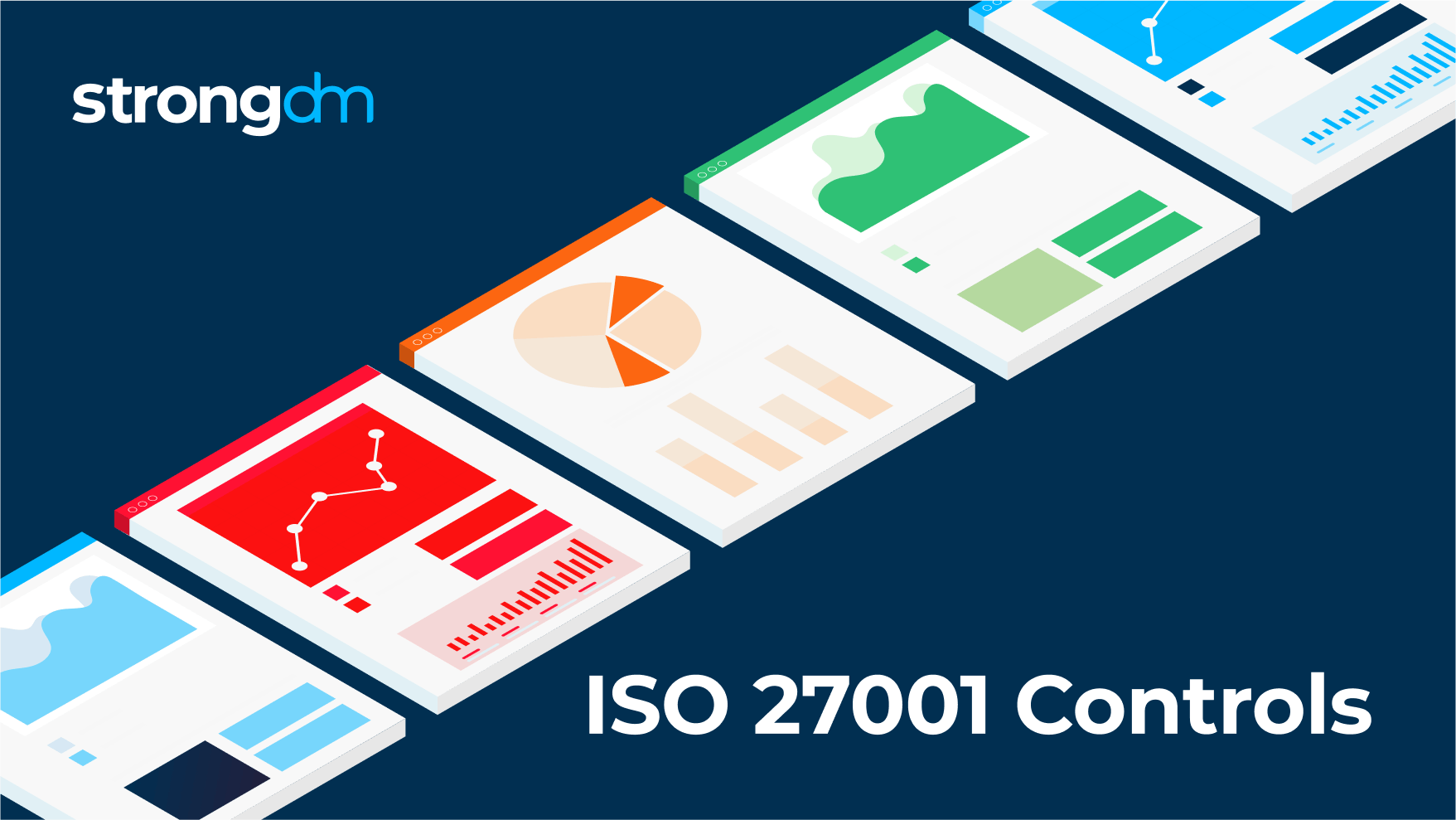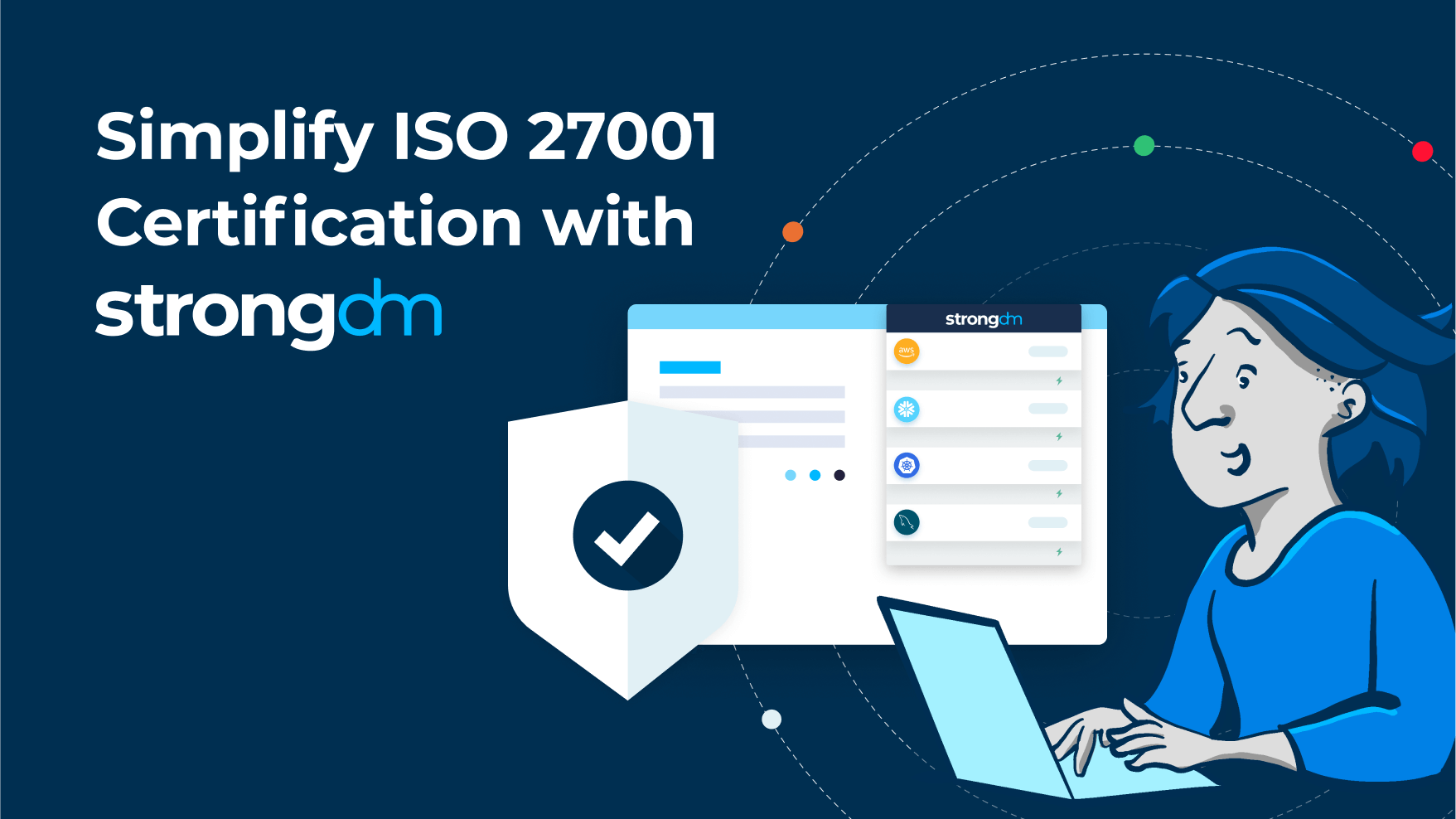ISO 27001 is far from the only standard that covers information security management best practices. In fact, the ISO has many standards that contribute to and support ISO 27001 compliance, offering organizations more tips and recommendations to help them prepare for ISO 27001 certification.
It’s important to understand the differences between these individual standards and how they may work together to help your organization strengthen its security posture.
ISO 27001 vs. SOC 2
Service Organization Control 2—or SOC 2—is a security framework developed by the American Institute of Certified Public Accountants (AICPA) that aims to control and secure data.
Like ISO 27001, SOC 2 gives organizations a way to discover opportunities to improve their cybersecurity efforts and controls. However, SOC 2 only reviews the existing security controls an organization has in place. Meanwhile, ISO 27001 looks beyond controls to define how the whole ISMS should be implemented, monitored, and maintained.
While SOC 2 is considered an international standard, it is primarily implemented by North American organizations and does not feature a formal certification program. Plus, it’s not considered as rigorous or extensive in scope as ISO 27001 regulations.
As regulations across SOC 2 and ISO 27001 do overlap and complement one another, organizations that have achieved ISO 27001 certification may choose to undergo SOC 2 audits to further strengthen their security standards and controls.
Learn more about ISO 27001 and SOC 2 differences.
ISO 27001 vs. ISO 27002
ISO 27002 was first implemented as a guideline for best practices for general information security management. Although ISO 27002 was standardized before ISO 27001, it has become a supporting set of standards designed to complement the guidelines outlined in ISO 27001.
While ISO 27001 defines the standards for certification and alignment with the international best practices for ISMS management, ISO 27002 essentially provides an ISO 27001 checklist to help organizations implement the practices and controls needed for certification.
For example, while Annex A of ISO 27001 details the 114 recommended controls for an ISMS, ISO 27002 provides more insight into how to incorporate those controls into your system and prepare for your certification audits.
ISO 27001 vs. ISO 27003
Similar to ISO 27002, ISO 27003 provides additional guidance to help organizations complete their ISMS implementation in alignment with ISO 27001 requirements.
While ISO 27001 details what a compliant ISMS looks like, ISO 27003 gives more information on how to design and develop a compliant ISMS prior to the initial certification process. With the guidance in ISO 27003, organizations can conduct a more streamlined and effective ISMS implementation, knowing that the final product will align with ISO 27001 standards.
Learn more about ISO 27001, ISO 27002, and ISO 27003 differences.
ISO 27001 vs. ISO 27004
While ISO 27002 and 27003 provide actionable guidance on designing the ISMS and implementing the appropriate controls, ISO 27004 provides support to help organizations analyze and evaluate the ISMS on an ongoing basis.
These standards define how to monitor and measure objectives within the ISMS in alignment with ISO 27001 requirements, which is an integral part of maintaining ISO 27001 compliance.
ISO 27001 vs. ISO 17799
ISO 17799:2005 is an obsolete standard that previously offered information on implementing and maintaining security controls to support the required ISO 27001 risk assessment. Now, information covered in ISO 17799 has been replaced by the current ISO 27002 and ISO 27004 standards.





